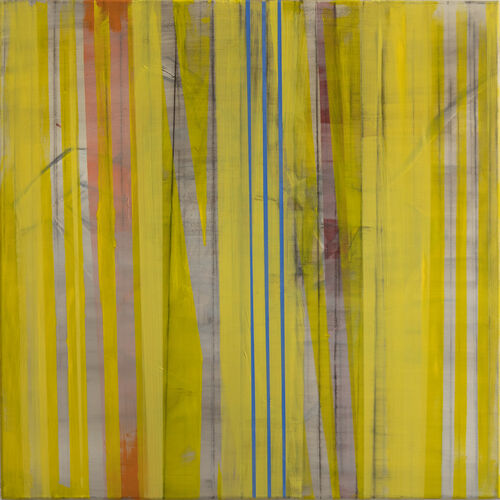Herb Ritts, pioneer of fashion photography
Numerous LP covers such as Madonna's True Blue (1986) came from his hand: Herb Ritts, fashion and portrait photographer, is considered one of the most important in his field. The artist died exactly 20 years ago today. A look back at an influential career.
A flat tyre as the start of his career: In 1978, Herb Ritts, who was in his mid-twenties, went on a car trip through California with his friend Richard Gere. During a breakdown, Ritts photographed the unknown actor. Gere's agent forwarded the pictures to Vogue, among others - and helped both Gere and Ritts to a career leap. Over the next 20 years, Ritts became one of the world's best-known fashion photographers through his black-and-white photographs that combined pop-cultural and artistic aesthetics. Many of his portraits of famous musicians such as David Bowie, Tina Turner, Madonna, Bruce Springsteen and Elton John have become icons of music history. In the 1990s, Ritts also worked as a music video director, among others for Michael Jackson and Jon Bon Jovi. On 26 December 2002, he died as a result of severe pneumonia at the age of 50.
Herb Ritts lived as an open homosexual. For many years he supported HIV/AIDS research; he was HIV-positive himself. His weakened immune system contributed to the photographer's early death. Following his instructions, the Herb Ritts Foundation was founded in 2003, which continues to support research into the virus and carry out educational work.
Recent auction results of Herb Ritts
Dive deeper into the art world
Golden times: The Fuggers as patrons of the arts
On the 500th anniversary of Jakob Fugger's death on December 30, the Schaezlerpalais is commemorating him as a patron of the arts: the wealthy merchant family commissioned numerous artists of their time. The exhibition Art’s Rich Heritage: Jakob Fugger and his Legacy runs until April 12, 2026, in Augsburg.





















